520 grams
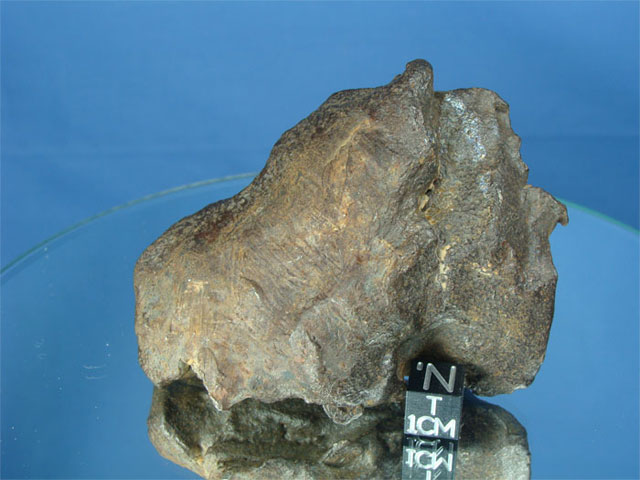
This meteorite is an Ataxite and it is ungrouped,
which makes it unique and one of a kind in composition
Ungrouped means:
"An iron meteorite that does not fit into any of the established chemical groups."
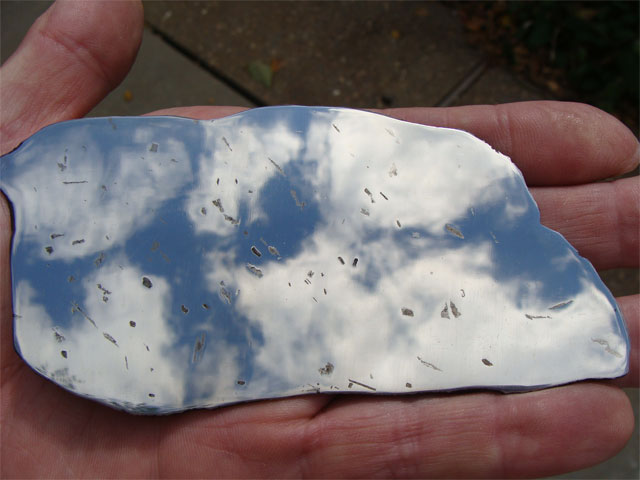
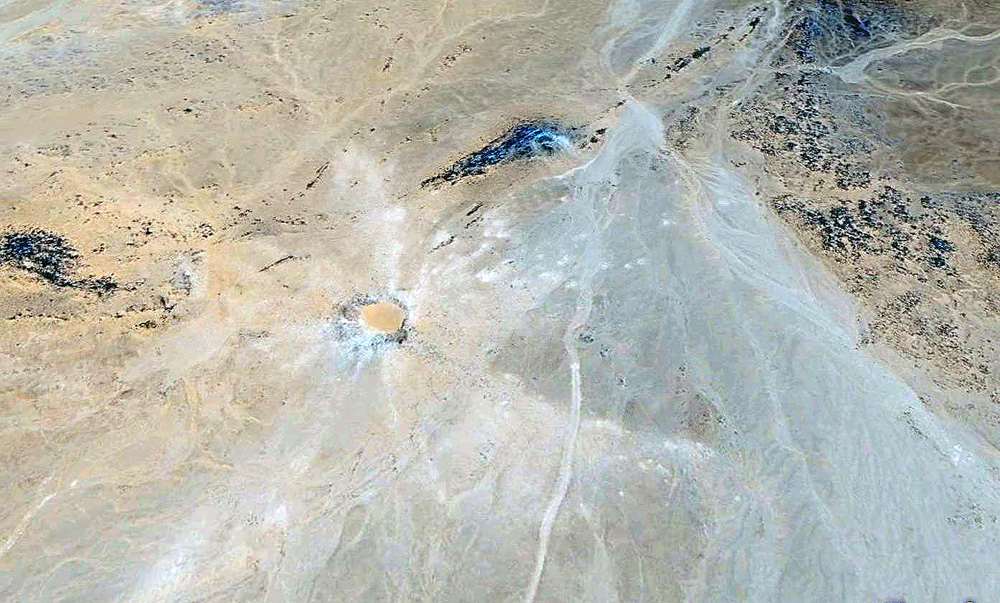
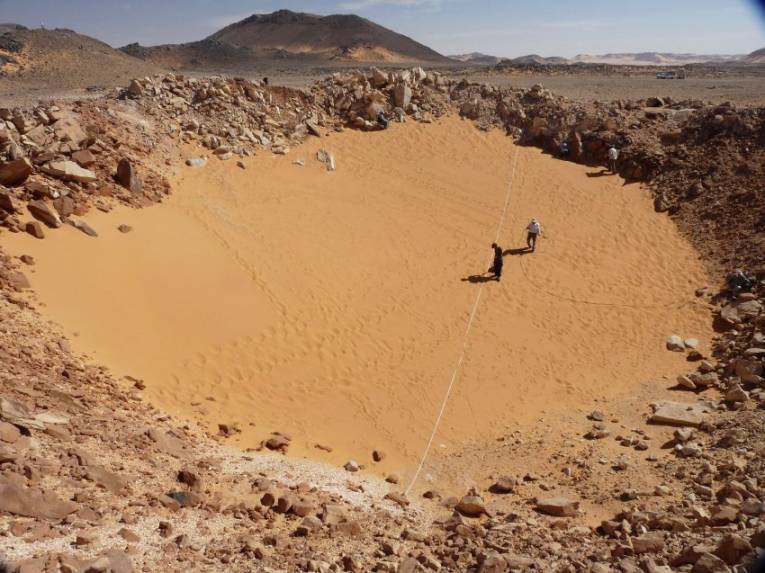
History of the Gebel Kamil meteorite:
This iron meteorite was found in the East Uweinat Desert, Egypt.
"Kamil Crater" was located during a Google Earth "low flight" (3,200 ft. above ground level).
It is believed to have been formed by a 10-ton piece of iron travelling at more than 7,500 miles per hour.
The necessary on-site verification of the Kamil Crater was undertaken in the February 2009 expedition by members of Zerzura Club:
The crater is located at Djebel Kamil, south of Gilf Kebir nearby the Sudanese border. The crater is 184 foot across and 50 foot deep.
Thousands of iron meteorite specimens were found scattered within the crater and in the surrounding area.
The remarkable discovery has led the scientists to conclude that metallic meteorite had a mass on the order of 10 tons
and it did not break up in the atmosphere and instead it exploded when it reached the ground and produce a crater.
Although the precise date of the meteorite strike is yet to be determined, analysis of samples taken
during the expedition has revealed that the meteorite strike could not have occurred more than 10 thousand
years ago and could have potentially taken place less than a few thousand years ago.
A Italian-Egyptian geophysical expedition was carried out in February 2010 in order to describe this impact structure
and to collect meteorites specimens from the crater area.
This Scientific Team collected 5,178 meteoritic fragments totaling 1.7 tons the biggest single specimen weighs 83 kilo's NOT BAD!!!
The biggest specimen found, 83 kilo's
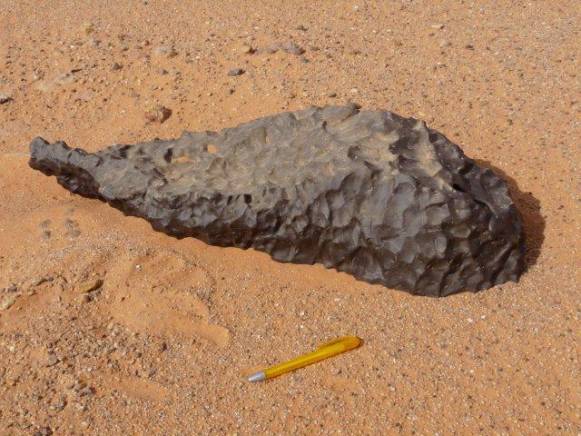
Classification Data: Gebel Kamil is a rare type of meteorite, an Ataxite, and this one is ungrouped,
meaning it is so different from others that it is unique in composition in a class of its own.
It is very high in nickel 19.7% and shows a strange etch pattern that shows Schlieren bands.
Thousands of shrapnel-like fragments have been found, all torn apart from the massive energy released on impact.
All pieces found so far have been laying on the desert surface giving them a patina from
years of sandblasting in the Sahara desert, rarely seen on iron meteorites, and highly desirable to collectors.
click below for Meteoritical Bulletin about the Gebel Kamil meteorite

BACK TO MIDWEST METEORITES
Instructions for ordering